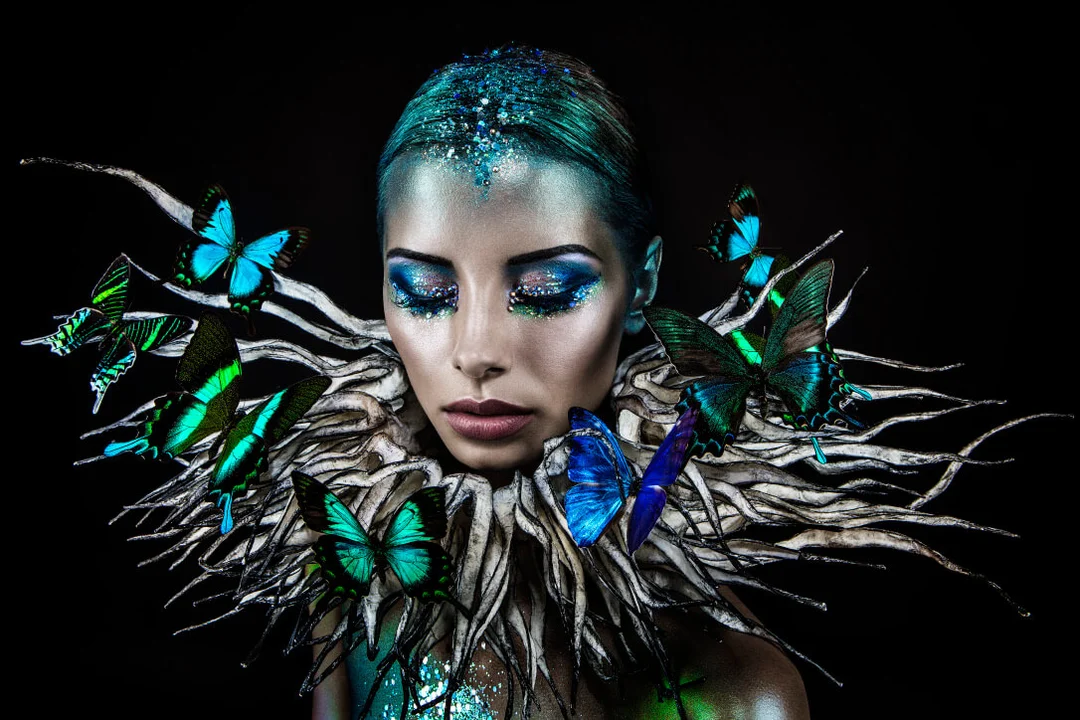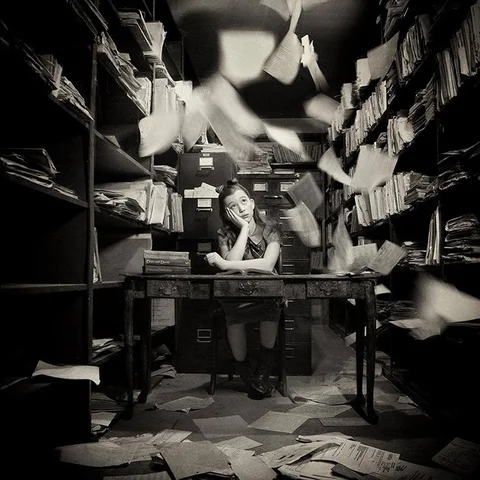Exploring the Creative Possibilities of Photography as an Art Form
Photography is a powerful medium that has long been used to capture moments in time. It is also a form of expression, allowing photographers to create images that convey emotions and tell stories. As technology advances and photography becomes more accessible, many people are now turning to photography as an art form, exploring its creative potential.
One of the most exciting aspects of photography as an art form is its versatility. There are countless techniques, styles, and approaches that can be used to create unique and compelling images. From traditional black and white photography to abstract digital art, the range of possibilities is virtually limitless. Photographers are also able to experiment with different mediums, such as light painting or capturing motion with long exposure.
Creative photography also requires a great deal of technical skill and knowledge. Photographers must learn about different camera settings, lenses, and lighting to create the desired effect. They must also know how to use photo editing software to adjust the image and create the desired look. This can be a challenging process, but it can lead to stunning results.
In addition to its technical aspects, photography is also a powerful form of expression. Photographers can use their images to tell stories, convey emotions, and capture moments in time. They can use light and color to create moods, and framing to emphasize certain elements. Photographers can also use creative techniques such as double exposure to add a unique twist to their images.
The creative possibilities of photography are truly endless. Whether it is used to capture a moment in time or to express an emotion, photography is a powerful art form that can be used to create stunning images. With the right tools, knowledge, and creativity, photographers can explore the creative possibilities of photography and create works of art that will last a lifetime.
Understanding the Relationship between Photography and Art History
Photography has a long, intertwined history with art. Throughout the years, photographers and artists have sought to capture nature, capture emotions, and capture moments in time. Photography has become an essential tool in the world of art, and it's important to understand the relationship between the two.
One of the key elements of art is the ability to capture a moment in time. Photography helps to immortalize these moments with its ability to capture an image and hold onto it forever. From a historical perspective, photography provides a window into the past that can be studied and appreciated for generations to come. This allows us to understand the past in a way that was not available to us before photography.
Another important aspect of photography is its ability to capture emotion. In the hands of a talented photographer, a single photograph can convey a range of emotions, from joy to sorrow. This is something that has been used throughout art history to convey emotion in a way that could not be done with words. This is why photography has become an important part of art history.
Finally, photography has been used to capture the beauty of nature. From landscapes to wildlife, photography has provided us with a way to capture the beauty of the natural world. This allows us to appreciate the world around us in a way that would not be possible without photography.
Understanding the relationship between photography and art history is essential to understanding the development of art over time. Photography has provided us with a way to capture moments in time, to capture emotion, and to capture the beauty of nature. It has become an integral part of modern art and has influenced everything from painting to sculpture. Understanding the history of photography is essential to understanding the history of art.
What Is Photography Art?
Photography is an art form which captures light and life in a way that can be appreciated by many. It is a form of visual expression which is often seen as a way to capture memories and milestones, as well as to explore the beauty of the world around us. Photography as an art form has been around for many years, and has been evolving ever since its invention. In more recent years, the advent of digital technology has had a huge impact on the way in which photography is used and perceived.
Examining the Impact of Digital Technology on Photography as an Art
Digital technology has made photography more accessible to the average person, as well as to professional photographers. Digital cameras are relatively inexpensive and easy to use, making it possible for anyone to take a decent photograph with some basic technical knowledge. This has opened up a whole world of possibilities for photographers, allowing them to experiment and explore different techniques and approaches. The use of digital technology has also allowed photographers to edit and manipulate their photos, creating images that are far more creative and expressive than ever before.
Another area where digital technology has had a profound impact on photography as an art form is in the sharing of images. With the advent of digital cameras and photo-sharing websites, it is now easier than ever for photographers to share their work with the world. This has opened up a whole new realm of possibilities for photographers, allowing them to reach a much wider audience and to gain recognition for their work. It has also made it much easier for professional photographers to market their work and reach potential clients.
The impact of digital technology on photography as an art form has been immense. It has allowed photographers to experiment and explore different techniques and approaches, to reach a much wider audience, and to gain recognition for their work. It has also allowed photographers to edit and manipulate their photos in order to create images that are far more creative and expressive than ever before. Digital technology has made photography more accessible to the average person, and has opened up a whole new realm of possibilities for photographers.


